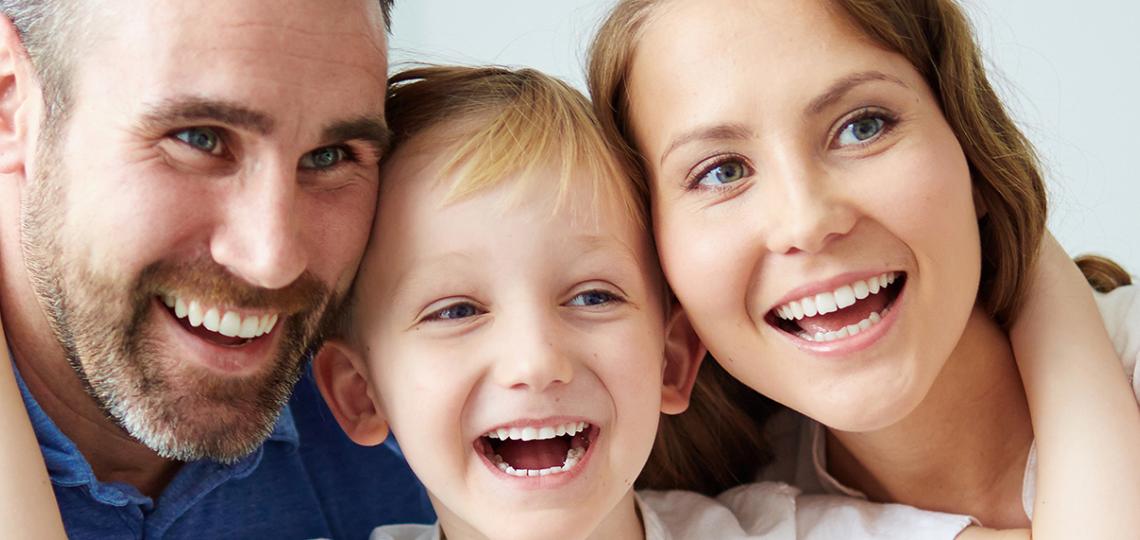Everyone responds differently to their feelings, and anxiety can look different in everyone. Some people may appear fearful, shaky, or panicky. Some may respond with anger when they are forced to face their fears. And others may distance themselves from others or become emotional/tearful. However, your child could do all these things for reasons that may have nothing to do with anxiety. For instance, they may feel overstimulated, overwhelmed, confused, or sad. Or they could be acting out and misbehaving.
For instance, George slams his bedroom door after his parents tell him he must go to school that day. George may be lashing out this way because: 1) he feels anxious about walking to school that day because he is afraid it might storm, 2) he feels uncomfortable and overstimulated around all the students at his new high school, or 3) he is angry because he just wants to stay home and play his new video game.
Sophia doesn’t talk to many of her classmates at school. She may not be engaging because:
- She feels anxious about being judged by others
- She doesn’t know how to interact with them
- She prefers to be alone
- All the above!
As these examples show, knowing when your child or teen is experiencing anxiety is not always straightforward, especially if they don’t tell you. Because these behaviors can look the same, we have provided a few questions below that you can ask yourself to help distinguish anxiety from other reasons for a behavior.
What does the behavior look like?
If the behavior includes verbal or physical aggression, it is not acceptable – regardless of whether it is caused by anxiety or not.
Is your child trying to accomplish something with their behavior?
Are they trying to gain access to something they want or get their way? If so, why do they want that thing? If they are trying to gain access to something they want, this is unlikely to be an anxiety-driven behavior.
Are they trying to get out of doing something or trying to avoid something? If they are trying to avoid something, ask yourself why. If they are avoiding something because they expect something bad will happen, they are unsure of what will happen, or they think it will feel overwhelming to do, it is likely driven by anxiety. Thinking about these questions may give you some insight into your child’s behavior.
What is triggering their behavior?
Think about what happened right before your child behaved in a certain way. Would your child find anything about the situation worrying or scary? Then, think about all the other times your child has behaved this way. Are there any common themes?
For instance, when Sophia’s mom picks her up from school, Sophia is sometimes very irritable and argumentative. At first, Sophia’s mom is not sure why her daughter is behaving this way. After some reflection, she realizes that Sophia is only argumentative on the days that she picks her up late. This is because Sophia has a hard time dealing with changes in her routine, causing her to become anxious and irritable when her mother arrives late.
How does your child respond if they are successful versus unsuccessful?
It can be helpful to watch how your child responds when they successfully avoid a situation versus how they respond when they are required to follow through. For example, George’s parents are planning to visit their extended family for the weekend, but George doesn’t want to go. Before the trip, George becomes very irritable and starts hiding away in his room for hours at a time.
In this example, George’s dad may ask himself these questions: Does George stop acting irritable and secluding himself right after I tell him he can stay home? If George goes on the trip with us, does he continue acting irritable the entire time? Are there certain things that cause George to start acting irritable again during the family visit? Asking these questions about your child’s specific behaviors can help you figure out if certain things or situations are causing them anxiety.
It is okay if you cannot always clearly tell if certain behaviors are due to anxiety or not. This is not an easy task! If your child has a lot of insight into their anxiety, they may be able to tell you what makes them anxious, and why they are behaving in a certain way. But some kids and teens may be in denial about their anxiety, or they may not know how to talk about it. Other times kids may not even know that their behaviors are due to anxiety. When addressing your child’s anxiety, you can first try tackling the problems that are clearly anxiety-related and wait to address the problems that are less clear. Over time, it often becomes easier to know which behaviors are anxiety-related, and which are not.
Note About Meltdowns in Pediatric Anxiety:
It is important to distinguish intentional bad behavior in children from meltdowns as a clinical feature of pediatric anxiety. Meltdowns consist of brief, explosive outbursts of anger in response to a triggering situation or something that is feared, and are disproportionate to the situation. Meltdowns can arise abruptly and often present as impulsive and poorly controlled disruptive behaviors (e.g., hurtful verbalizations, physical aggression, destructive acts). Unlike typical bad behavior, meltdowns in pediatric anxiety are more intense and ill-suited to the child’s age and stage of development.
Meltdowns associated with pediatric anxiety disorders may result from interference with the safety or avoidance behaviors of the child. In other words, meltdowns might arise when the child cannot act in a way that usually helps them feel safe or cannot avoid triggers that make them anxious or scared. Anxious children also may tend to be more emotionally reactive, given their constant state of stress. This chronic arousal decreases their capacity to regulate their emotions and stay calm, whilst increasing their potential for meltdowns, even when exposed to the most minor triggers.
To prevent meltdowns, it's important to reduce family accommodation of your child’s anxiety. Family accommodation involves making changes at home or work to avoid triggering your child, like easing up on chores or ordering for them at a restaurant. While this may reduce short-term distress, it reinforces meltdowns by teaching the child that avoidance works, which maintains anxiety over time. To not reinforce meltdowns in anxious children, use a structured system that rewards facing fears and includes consequences (like a time-out or loss of privileges) for meltdowns.
Unfortunately, meltdowns are not only associated with increased anxiety symptom severity in pediatric populations but also with functional impairment, caregiver strain, and poorer relationships with parents, siblings, extended family, and peers. Standard cognitive behavioral treatment for anxiety (like what your child is receiving) is an effective method in reducing meltdowns in children with anxiety disorders. To help your child manage anxiety, it may also help to identify triggers or simply validate and empathize with their thoughts and emotions.








